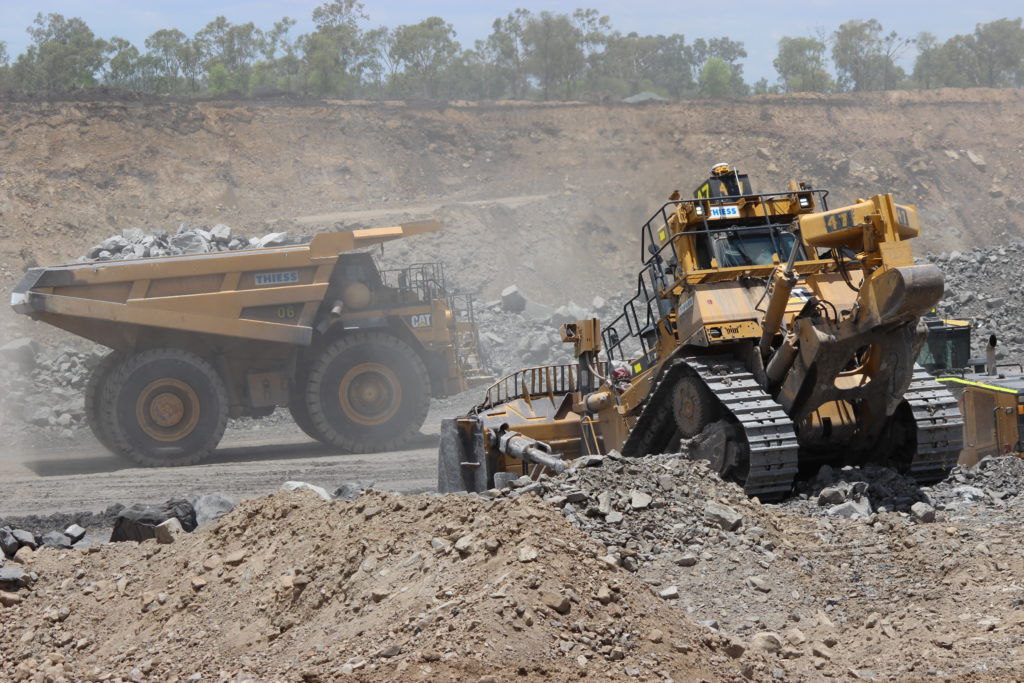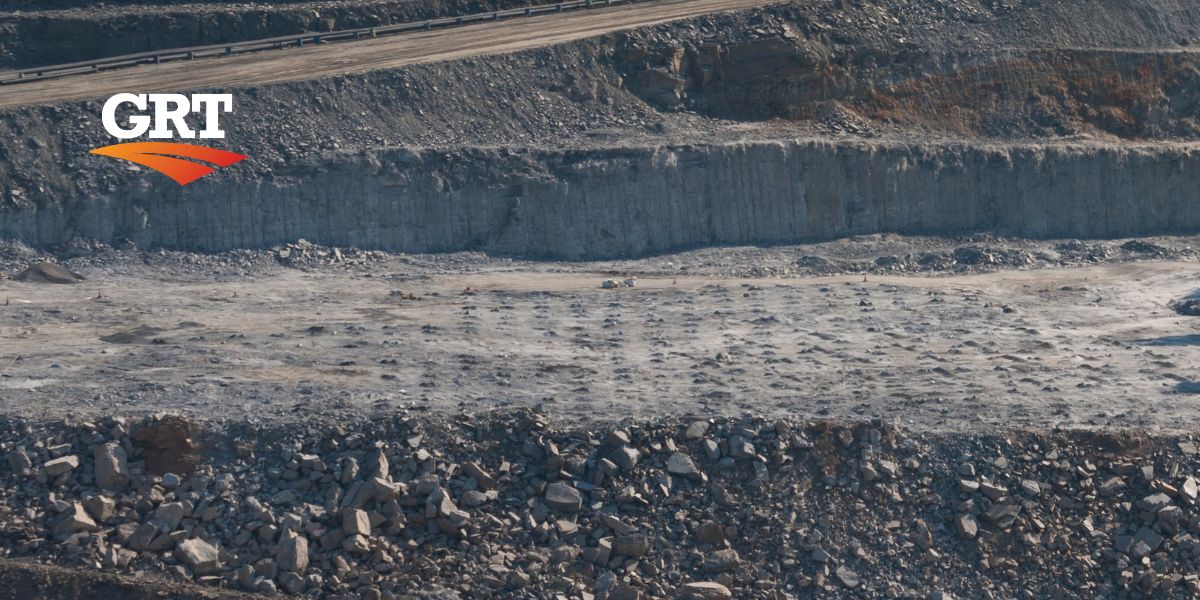The past five years have seen the re-emergence of coal mine dust pneumoconiosis commonly known as black lung disease in mine workers in Queensland. Although, coal mining industry assumed that the disease was completed eradicated in the last half century, evidence has shown that the number of positively identified cases could even be more than what has been reported. So what exactly went wrong? Who can be held accountable and has to take responsibility for the increase in black lung disease cases? What were the shortcomings in the current system which needed rectifying or perhaps a complete overhaul? What realistic solutions can be implemented from mining companies, dust control providers, government and radiologists and health practitioners’? We seek to answer all these very pertinent questions through a brief historical timeline of how events unfolded from 2015 to date. In this article the scourge of black lung disease in Queensland will be highlighted whilst analyzing the acceptable and allowable limits of coal dust exposure. The challenges in the system and disconnect amongst the interest groups will be discussed whilst rounding up with proposed solutions and the role of the different stakeholders in implementing and effecting changes necessary to save lives.
Don’t call it a comeback…
Indeed it is one case too many if black lung disease is detected in one mine worker in Queensland. The timeline from 2015 shows that the launch of the Black Lung campaign by the Construction, Forestry, Maritime and Energy Union (CFMEU) raised a lot of red flags in the system. A once forgotten enemy was back and this time even so subtle and deadly given that the available records of diagnosed cases was very small compared to the true picture meaning what was being reported could just have been a drop in the ocean to the actual reality. As much as it paints a grim picture something had to be done and the voices of the mine workers needed to be heard, but was change forthcoming? Certainly as the numbers increased in 2016, CFMEU started lobbying for experts to look at x-rays as the return of black lung was no longer an issue of assumption but fact.
The pressure was on the government to do more which led to the establishment of the Senate enquiry in the same year. More voices in other circles also increased the advocacy for the need for change and a different approach as was evident at the 2016 Queensland Mining Industry Health and Safety Conference. The response from the Queensland government in early 2017 was implementation of health and safety reforms which were enacted into law in the Coal Mining Safety and Health Regulation of 2017. The major shift in the assessment of coal mine workers health was the transition from a slow and monotonous process between Australian radiologist and US based experts with 2019 allowing for a dual reading service by a qualified B-reader Australian radiologist to reduce the backlog in processing results this in addition to the need for compulsory registration for coal mine doctors.
Who is responsible?
Are environmental regulations, health and safety concerns or potential profit loss a concern right now?
Accountability and responsibility are solely bestowed upon mining companies to conform to the regulations of acceptable and allowable limits of coal mine dust exposure to mine workers as is stipulated by law. In Queensland the legal limit for coal dust is 2,8 mg per cubic metre but the 2014 recorded average coal dust levels were at 4,7 mg per cubic metre with some even close to 7 mg per cubic meter. Legal standards compliance enforcement is the jurisdiction of the Queensland Department of Natural Resources. Demystifying some of the myths of coal mine dust exposure that led resurgence of black lung disease in underground mines and open cut mines was also at the fore of the discussions. Exposure is exposure regardless of the location of the mining activity and perhaps the misconceptions drove the numbers of black lung disease to escalate because associated risk is understated leading to less frequency in health checks such as x-rays. Transparency on the existence of the disease coupled with constant and consistent surveillance should be at the top of priorities of the mining companies as long term exposure should not be the only criteria for evaluating impacts and the potential effects of black lung.

Where things went wrong
The shortcomings in the system emanated from the disconnect amongst doctors, radiologists, coal mining companies, health surveillance units and the government through the Queensland Department of Natural Resources. A compromised and seldom maintained respiratory system failed to monitor and flag black lung disease re-emergence which was escalated by a backlog in x-rays to be reviewed. The lack of a publicly available industry database for coal mines to monitor all personal exposure data and lack of local technical expertise to review x-rays and including outstanding ones whilst fostering community involvement through offering safe spaces to come forward to get assessed. Most importantly given the soaring numbers provisions for supporting post career coal mining workers must be put in place. Generally, the stigma and fear surrounding coal mine dust workers is embedded in the systematic use of labor hire firms, shift in mines for workers due to need and loss of employment upon diagnosis of black lung disease.
Working together
Realistically, the solutions are a multi-industry approach without one industry player bearing the entire burden but rather a collaborative and transparent methodology. For every tonne of coal produced in Queensland, coal mining companies can contribute at least the proposed 10 cents per tonne to the Victims Fund to cater for victims and their families. Governments solutions have been evident in making dust level information publicly available as companies are required to provide dust monitoring data, ensuring health checks are compulsory for underground and above ground miners in addition to mandatory reporting of black lung cases to the Queensland Mines Inspectorate as government made it a notifiable disease. Setting of standards was critical and dust x-ray examinations were stipulated to be performed according to the International Labor Organization. Collectively, an advisory committee of industry, unions and government with sufficient representation was tasked to review the data and their findings to be published on public platforms online.
Too late for some – but not too late for all
The assumptions of complete eradication of black lung disease led to its re-emergence to go unnoticed because no one was bothering to look at what had been thought to be non-existent. Genuinely speaking, the responsibility was on the mining companies to stringently operate within the acceptable and allowable limits in Queensland but unfortunately it had to come through diagnosis and perhaps even loss of life in the end to make it a priority for the safety of the workers. Overall, the shortcomings involved government, mining companies and medical practitioners owing to the disconnect which created crevices in the system leading to black lung disease re-emergence. Had early detection systems been set up effectively this would not have happened. Unfortunately, the burden was felt by the coal mine workers and their families. Strict enforcement of laws, dust control technologies, transparency through publishing dust level regularly, early detection and provision for victims of pneumoconiosis and their families can yield better results to solving the scourge of black lung.
Your feedback is important to us. If you enjoyed reading this Global Road Technology industry update and found it informative, please let us know by leaving a REVIEW.
REFERENCES
Article in press: Black lung disease detected in open cut mine retrieved 16/08/20
Article in press: Inquiry hears horrors of black lung disease retrieved 16/08/20
Article in press: BLACK LUNG: Youngest victim has had disease for nine years retrieved 16/08/20
Article in press: Queensland coal mine dust double the limit retrieved 16/08/20
Article in press: Deadly “Black Lung” disease re-emerges in Queensland retrieved 16/08/20
Article in press: Coal mine employee wins payout after contracting deadly disease retrieved 16/08/20
Article in press: Number of Queenslanders diagnosed with black lung soars retrieved 16/08/20
Article in press: Laws finally changed to protect miners against black lung retrieved 16/08/20
Article in press: Industry urged to own-up after 19th black lung case confirmed retrieved 16/08/20
Cohen, R.A. 2016. Resurgent coal mine dust lung disease: wave of the future or a relic of the past? Occup Environ Med. 73:11. 715-718.
Kerr, L.E. 1980. Black Lung. Journal of Public Health Policy. 1:1. 50-63.
Queensland Government. 2020. Coal Mining Safety and Health Act 1999.
Queensland Government. 2017. Coal Mining Safety and Health Regulation 2017.
Troy Adams
Troy Adams is the Managing Director of Global Road Technology (GRT) Specialising in Engineered Solutions for Dust Suppression, Erosion Control, Soil Stabilisation and Water Management. A pioneering, socially conscious Australian entrepreneur, Troy Adams is passionate about health and safety and providing innovative solutions that are cost-effective to the mining industry, governments and infrastructure sectors. Troy is also a tech investor, director of companies like Crossware, Boost, Hakkasan, Novikov and more.

